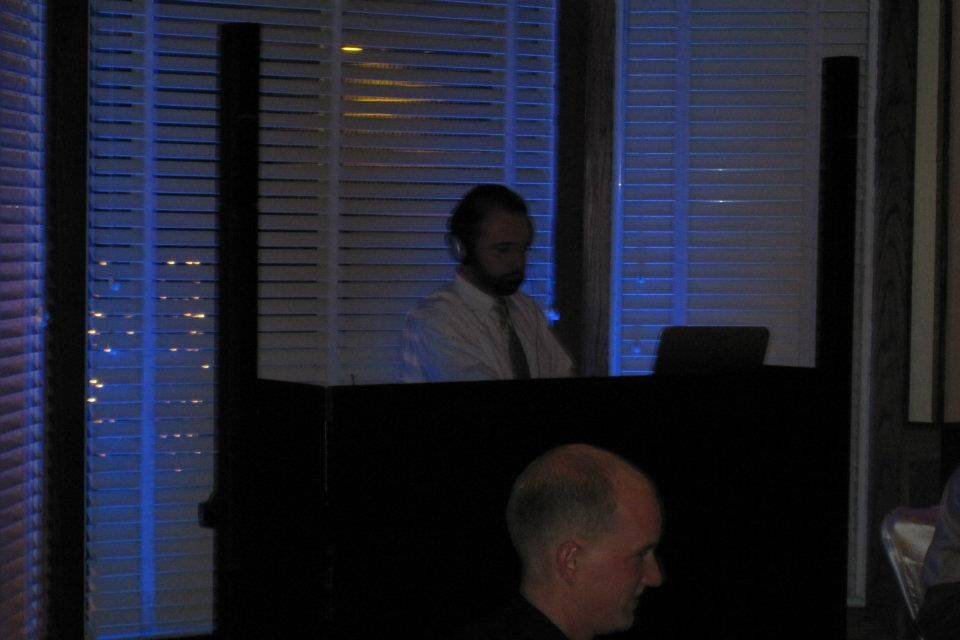Crucial Tactics for Enhancing the Lifespan of Your Light Emitting Diode Wall
Wiki Article
LED walls are becoming progressively widely used for various applications, from marketing to entertainment. To ensure that these screens function effectively over time, it is crucial to implement strategies that extend their lifespan. Understanding the elements that influence the durability of LED screens can help users sustain their functionality and avoid unnecessary substitutions.
One of the main elements that can extend the durability of an Light Emitting Diode wall is proper setup. It is crucial to have a professional crew handle the setup process to ensure all parts are correctly connected. Inadequate setup can lead to electrical issues or mechanical damage. Additionally, the placement of the LED wall should take into account surrounding factors such as sunlight exposure and moisture levels. A properly set up screen in a proper location will reduce the chance of damage caused by external elements.

Routine maintenance is another crucial tactic to prolong the life of an Light Emitting Diode screen. This entails routine inspections to check for any indicators of deterioration or malfunction. Dust and dirt can build up on the top of the LED panels, affecting brightness and hue quality. Wiping the displays with appropriate materials will help maintain ideal clarity. It is also important to monitor the electronics behind the display, ensuring that all links are tight and that there are no heat issues, which can greatly shorten the lifespan of the components.
Power control plays a crucial role in improving the lifespan of an LED wall. Over-voltage or fluctuating electricity supply can harm the inner circuitry. To avoid this, using a high-quality power supply and implementing surge protection strategies is recommended. Additionally, adjusting the screen to function at reduced brightness levels when high brightness is not necessary can reduce led wall for public displays wear on the lights. This not only prolongs the durability of the wall but also conserves energy, making it a cost-effective choice.
Furthermore, software management can influence the performance of Light Emitting Diode screens. Consistently refreshing the program that operates the screen guarantees that it operates smoothly and includes any essential security patches. Outdated software can lead to functionality issues and may put the setup to risks. Proper timing of programming can also help in managing the workload of the display, allowing it to rest during non-peak hours, which can contribute to a longer lifespan.
In conclusion, maximizing the durability of an Light Emitting Diode wall involves a mix of appropriate installation, regular upkeep, effective power management, and diligent program management. By focusing on these essential tactics, users can guarantee that their Light Emitting Diode displays stay operational and aesthetically pleasing for many seasons. Implementing proactive measures will not only enhance the performance of the Light Emitting Diode wall but also provide a greater return on cost over the years.